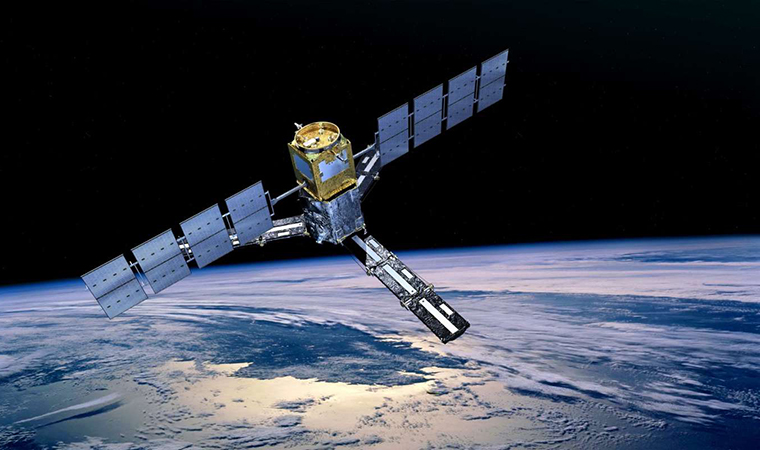
New space project
back to contentsThe mission of Spektr-UV is to study space objects in the ultraviolet wavelength range (115–305 nm). The project is carried out by Russia and Spain and supported by the International Astronomical Union (IAU). The Spektr-UV will be the only large telescope for ultraviolet observation to succeed the Hubble Space Telescope (HST), which is still in orbit. Its launch is scheduled for 2021.
The Spektr-UV telescope will use high precision mirrors with a special high reflection coating designed by the Luch Research Institute and Production Association. The main mirror will be 170 cm in diameter. “Our goal was to produce mirror coating with excellent reflection properties,” explains Valery Zhupanov, Head of Luch’s laboratory. According to him, the coating is ultra thin aluminum foil with a protective layer of magnesium fluoride.
Apart from developing the coating technology, Luch has built a special clean room to maintain cleanliness and air quality required to apply the coating. “We have tested the coating on a sample, including tests in simulated open space conditions. The tests showed that the coated mirror would perfectly maintain operating parameters within 3 years before the launch and during the intended period of time in open space,” Valery Zhupanov said.
It is not the only space project with Rosatom’s involvement. The Russian state nuclear corporation is developing a megawatt-class nuclear propulsion system for long-range space missions. This is a truly unparalleled project that will support large-scale space exploration programs and contribute to the development of a new generation of efficient power supply systems.




